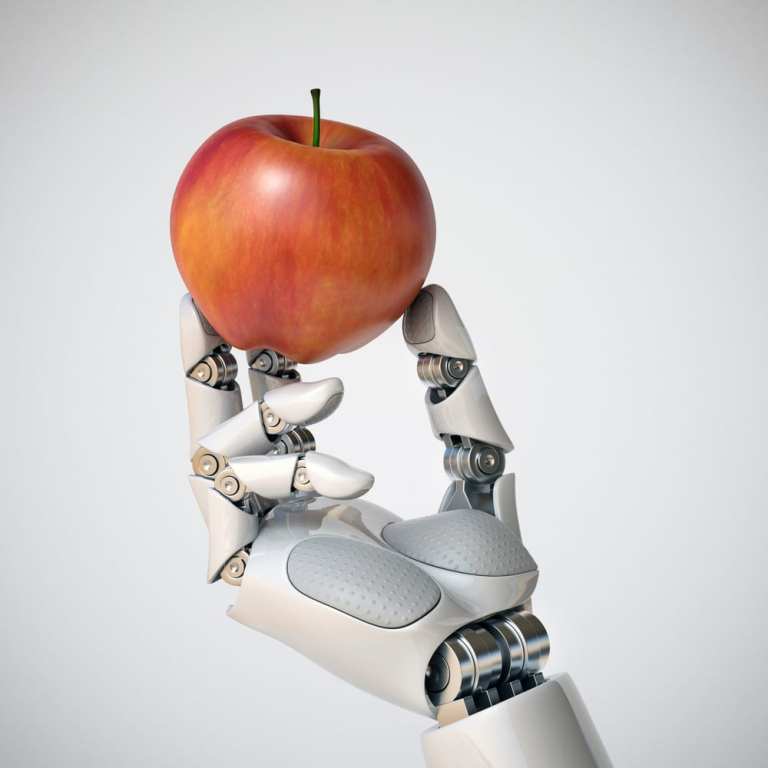
Fresh food is one of those products that, depending on the context, can almost feel like a minor luxury. Sure, consumers who can get to good grocery stores or farmers’ markets (not all shoppers can) or afford to subscribe to meal-kit delivery services, are assured of a steady supply of nutritious eats. But even so, many consumers work long shifts at places where vending machines and cafeterias offer, at best, mildly nutritious fare.
That can be a big problem. But every big problem, of course, is also a big opportunity. And that holds for Chowbotics, a company that places fresh food robots into such places as hospitals and college campuses. In a new PYMNTS interview, Deepak Sekar, the company’s founder and president, discussed the fresh food robot trend, and what’s coming next.
New Deployments
Sekar spoke to PYMNTS as the company was preparing to deploy a new Chowbotics fresh food robot delivery system in a large medical campus in New Orleans. In the past quarter, he said, some 85 Chowbotics robots have been deployed, which he called a sign of the company’s success and a reflection of consumer desire for meals that involve something other than candy and chips. “Food robotics is going mainstream,” he said.
Indeed, robotics are getting an increasingly harder workout in all areas of commerce and trade, including factories, retail stores and various other places. Machine learning and artificial intelligence are also kicking in their growing expertise, and food sellers of differing types are, at the least, moving toward offering more automated services to cut costs, provide better customer service and perform other tasks.
Chowbotics certainly fits into this larger trend. Automated task-mastering by bot has seen a surge, too, as tech cooks up something new — literally. Chowbotics has brought Sally the salad robot to markets that include convenience stores and hotels. The moniker implies a facility with salad, of course, and there are other companies with robots that can flip burgers, make pizza and help save quick-service restaurants (QSRs) time and money.
The food robot concept is undoubtedly spreading. Fresh evidence for that — and from a Chowbotics point of view — comes from the company’s announcement earlier this year that it had made is European debut via a partnership with France-based Bonduelle, a provider of ready-to-use vegetables, The two companies have joined forces to create the Cabaletta brand for their deployments in mainland Europe. A year ago, Chowbotics said, world-renowned, award-winning chefs tested and endorsed the robot at the Paul Bocuse Institute in France.
Biggest Challenge
That indeed serves as an optimistic sign for Chowbotics in particular, and food robots in general — what’s the point of all this fancy technology if a robot can’t provide more than vending-machine food quality? But such robots come with their own sets of challenges, ones that are tied to common misconceptions. “A lot of people think robots don’t get sick,” Sekar told PYMNTS. Well, they don’t exactly, of course. Nor do they take time off, not technically. “But they are sophisticated gadgets, and robots can go down as well,” he said. “The key to scaling is having them work reliably across the country.” Too many breakdowns, too much downtime, and food robots can essentially become that copy machine that never seems to work, with consumers losing trust in this method of food delivery. The machines have to work, and work well out of the gate, and do so for long periods even when delivering increasingly complex meals that can include fresh salads, yogurts and similar offerings. “We consider that that hardest challenge,” Sekar said.
Another challenge, though probably much smaller, is keeping the company on track. “We have some people asking us about candy,” he said when asked about potential future innovations for those Chowbotics robots. “We’re not doing that. One of our company’s main missions is to offer fresh food to people. We want to make food that is good for others. Candy, while fun, is not always the best food for others.” He said trail mix might be in the offing for the Chowbotics future, but he was otherwise reluctant to discuss other plans publicly.
As eCommerce and robotics have grown, so, too, have people’s knowledge about health and nutrition. Those trends promise to further entangle in the new decade.